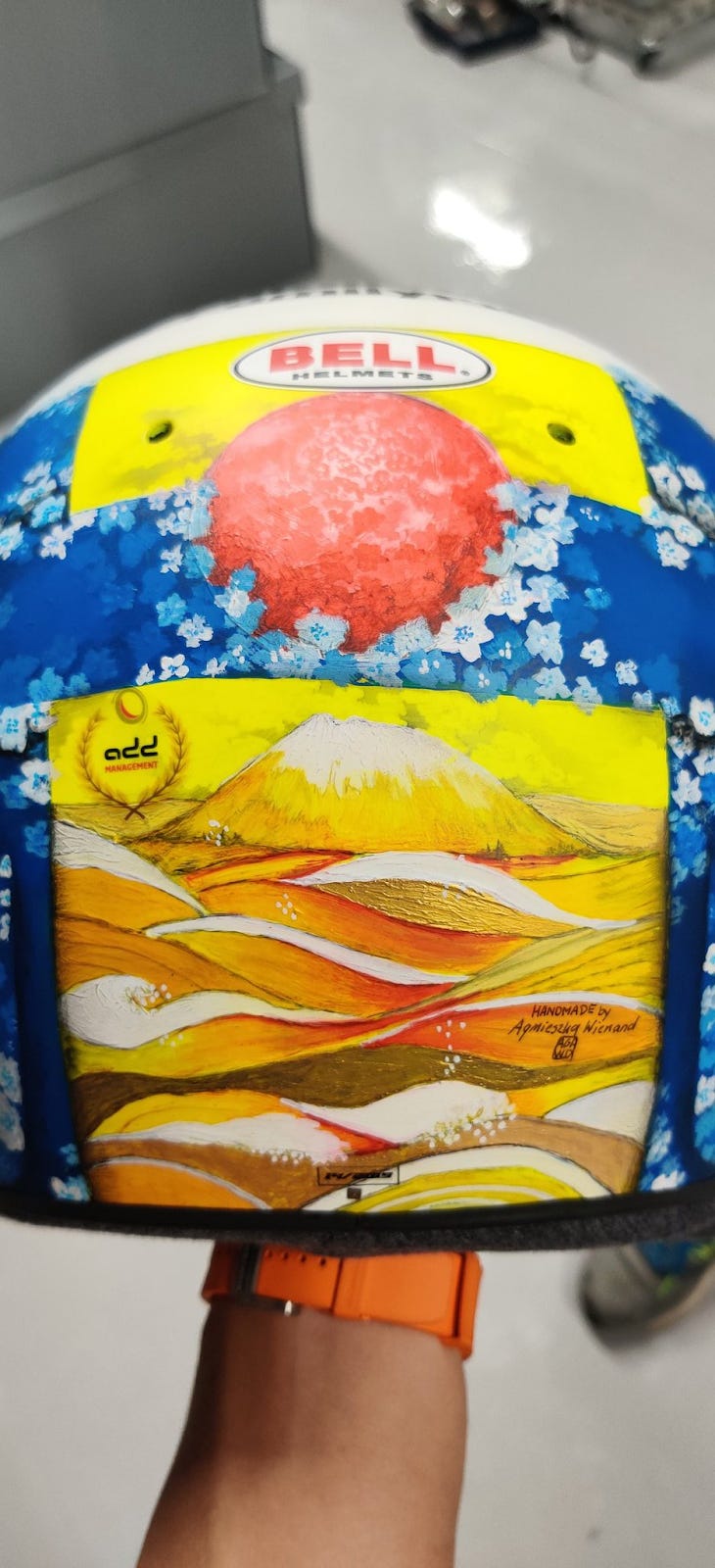Why is this interesting? - The Culture & Cuisine Edition
On immigration, cooking, and the role of food in culture
Colin here. I’m fascinated by the powerful relationship between food, family, and culture. The Times recently published a wonderful list of essential Filipino recipes, but buried inside that headline was a nice culinary mini-memoir that also showed evolving appreciation of a culture and cuisine:
When I was growing up in Northern California — where Filipino migrant farm workers started settling in the 1920s, and which today is home to one of the country’s largest populations of Filipino-Americans — the scent of rice, still steamy and warm in the rice cooker, was the steady backdrop to my days. It was so constant from one house to the next, so dependable, that’s how I knew: Wherever I found myself, I was home.
In a Filipino house, there is always food, more food than you could ever eat, stacked in the refrigerator, edge-to-edge on the counter and simmering on the stove. My brothers and sisters and I came home from school to giant pots of sinigang, a soup that’s sour enough only if you gasp a little at the first spoonful, and arroz caldo, an earthy rice porridge brightened by a squeeze of calamansi — a native citrus that looks like a mini orange but tastes closer to a lime — plucked from the tree in our backyard.
My mom cooked all of this at the start of each week, before she headed off to her day job at IBM.
In many ways, it is a classic story of first- and second-generation immigrants and probably one that comes as no surprise to those whose families come from different countries. When you land somewhere new, food has a tendency to stay front and center: A reminder of the cultural operating systems from back home.
Why is this interesting?
When the chef, Angela Dimayuga, began cooking in the US, she rejected the beauty of her home cooking. “But when I moved to New York and started cooking professionally,” she explains, “the dishes I made were far removed from my childhood: Italian Bolognese, French terrines. I deveined countless lobes of foie gras with a jeweler’s tweezer. This was sophisticated food, I was taught; this was cuisine.”

But with time, effort in the kitchen, and reflection, she began to understand and appreciate the layers and complexity of Filipino cuisine. This was also helped along by her grandmother, who finally gave her a full cooking lesson as she was opening her first restaurant in New York City. “You’re an executive chef now,” she told Dimayuga as she shared her secrets.
[Dimayuga] realized that her native cuisine was “was also complex and layered, refined over centuries and demanding meticulous technique.” The day I learned to make chicken relleno, my lola laid out two cutting boards and a set of battered but carefully sharpened knives. Wearing a shower cap over her head, she deboned the chicken with her tiny hands so fast, I had to double-check what parts were left. Her embutido — the pork and sausage stuffing to be sewn up inside the chicken — required the technical precision of a French farce (finely puréed meat). Later, at a culinary conference, I watched a demonstration by the French chef Jacques Pépin and realized that my lola was making galantine. That was the first time I took a real look at the mechanics behind the food of my childhood.
Sometimes when we are young, we don’t take pride in where we are from. Every other culture or foreign place seems shiny and interesting. But when you dig in, embrace the countless years of expertise of family, and also place your home cuisine in context with other things you’ve learned, new doors open. The recipes she picks are also very much worth looking at and trying. (CJN)
Helmet of the Day:
F1 driver Lando Norris’ hand-painted helmet for the Japanese Grand Prix this weekend. (NRB)

Quick Links:
My friend Charlton McIlwain has a new book out called Black Software that sounds great. “Activists, pundits, politicians, and the press frequently proclaim today's digitally mediated racial justice activism the new civil rights movement. As Charlton D. McIlwain shows in this book, the story of racial justice movement organizing online is much longer and varied than most people know. In fact, it spans nearly five decades and involves a varied group of engineers, entrepreneurs, hobbyists, journalists, and activists.” (NRB)
Really enjoyed this physics hot take from Abraham Loeb, the chair of the astronomy department at Harvard: “Once a mainstream culture grows to this self-sustaining phase, it does not need external verification. The ideas it advocates are reasoned to be inherently correct based on their mathematical beauty, with experiments serving the optional role of narrowing down the wide range of possibilities allowed by the flexible mathematical framework. Past generations of theoretical physicists were less arrogant; among the possibilities they contemplated was one that allowed their theories to be proven wrong by experimental data.” (NRB)
Thanks for reading,
Noah (NRB) & Colin (CJN)
PS - Noah here. I’ve started a new company and we are looking for our first engineer and designer to join the team. If you are one of those or know anyone who is great, please share. Dinner’s on me at a restaurant of your choice if you help us find someone.
Why is this interesting? is a daily email from Noah Brier & Colin Nagy (and friends!) about interesting things. If you’ve enjoyed this edition, please consider forwarding it to a friend. If you’re reading it for the first time, consider subscribing (it’s free!).


